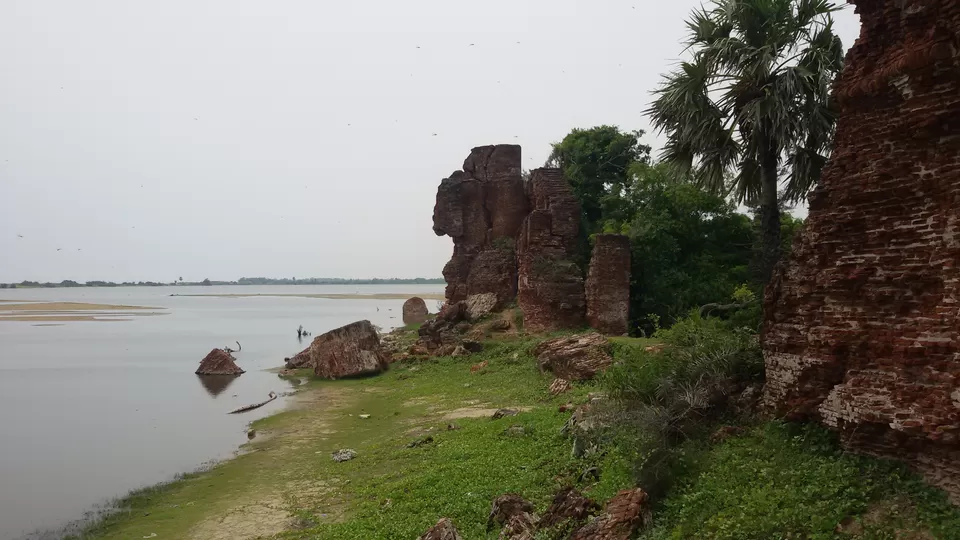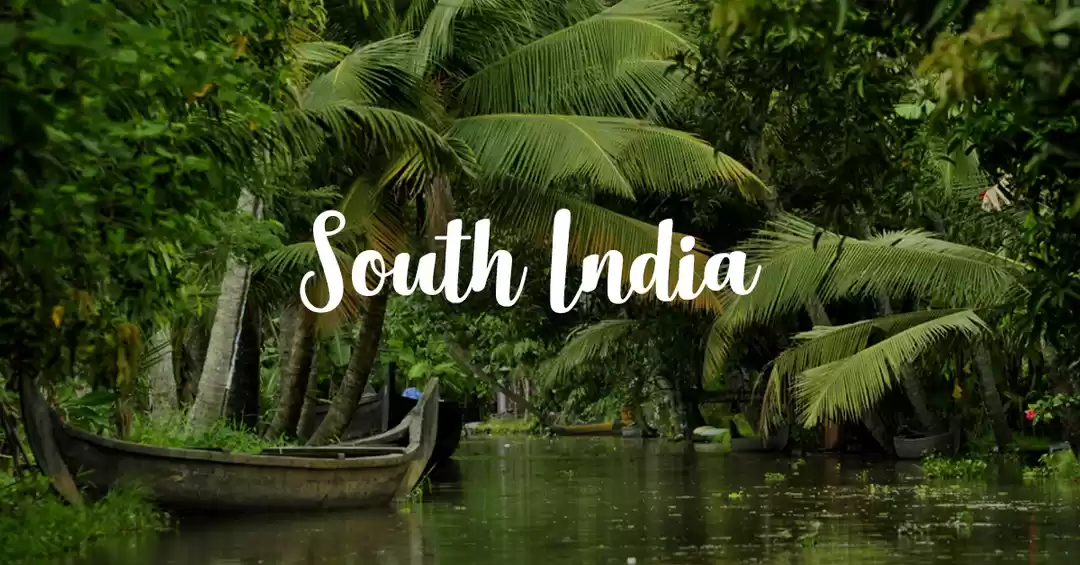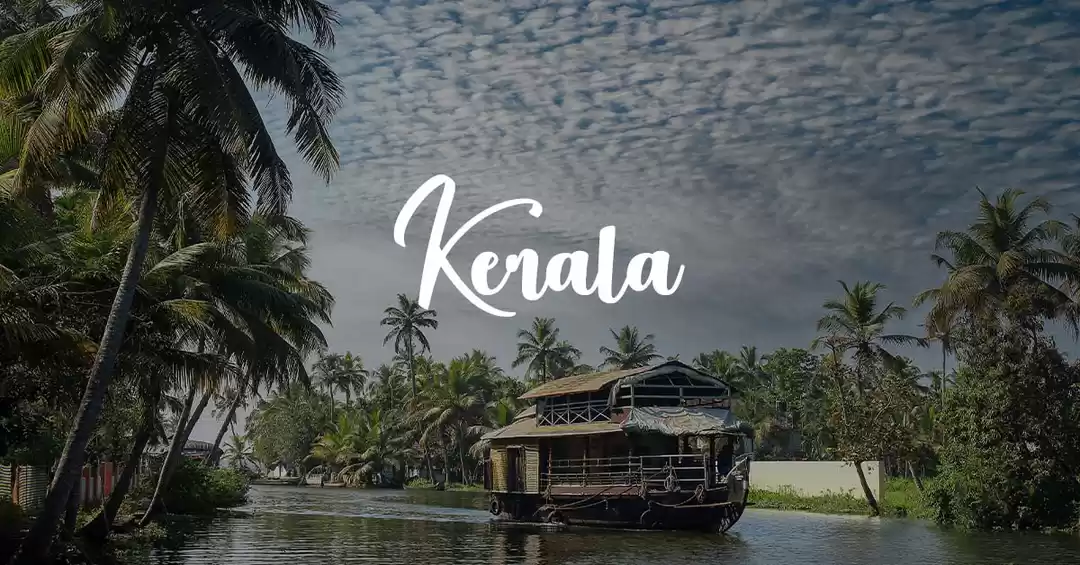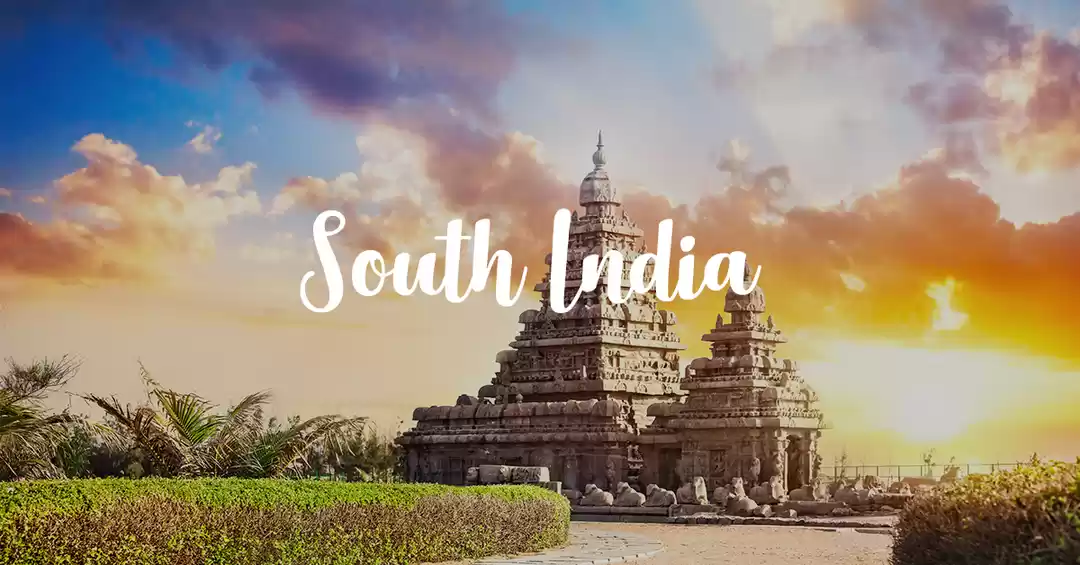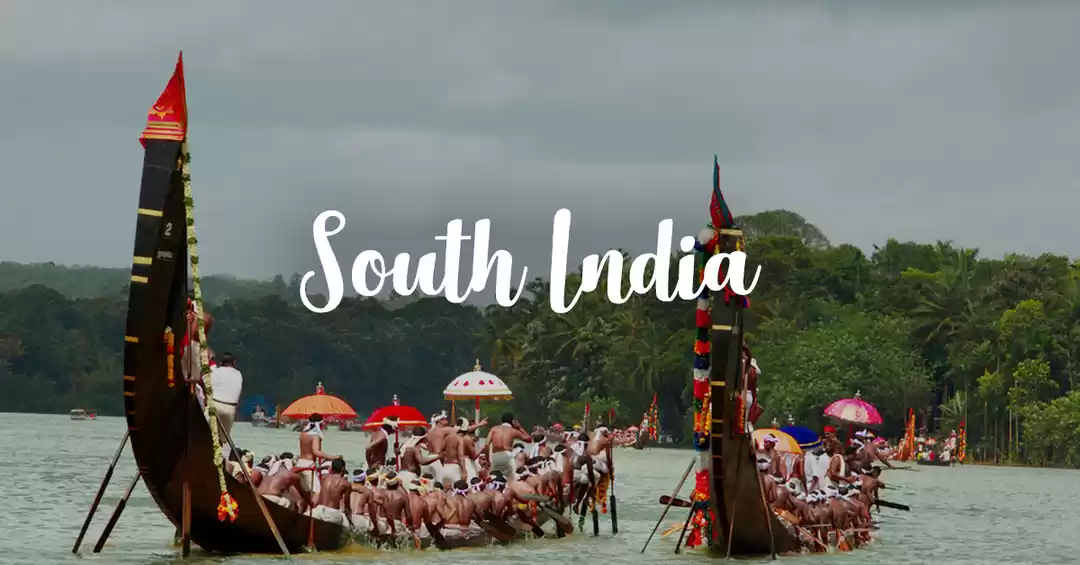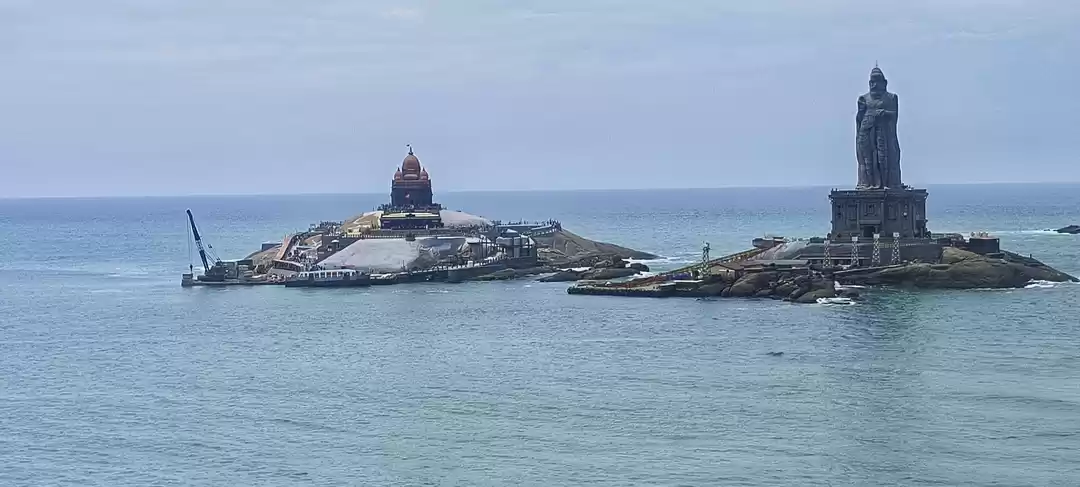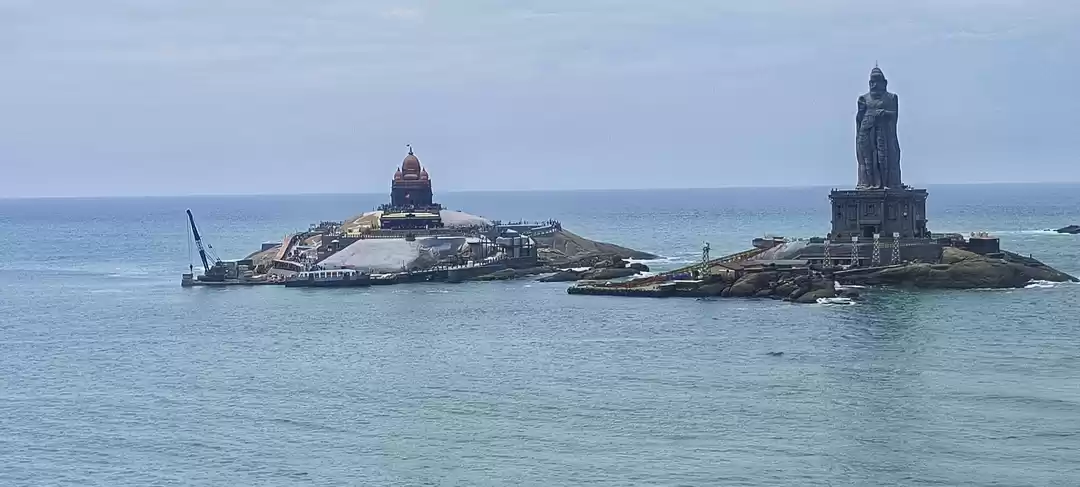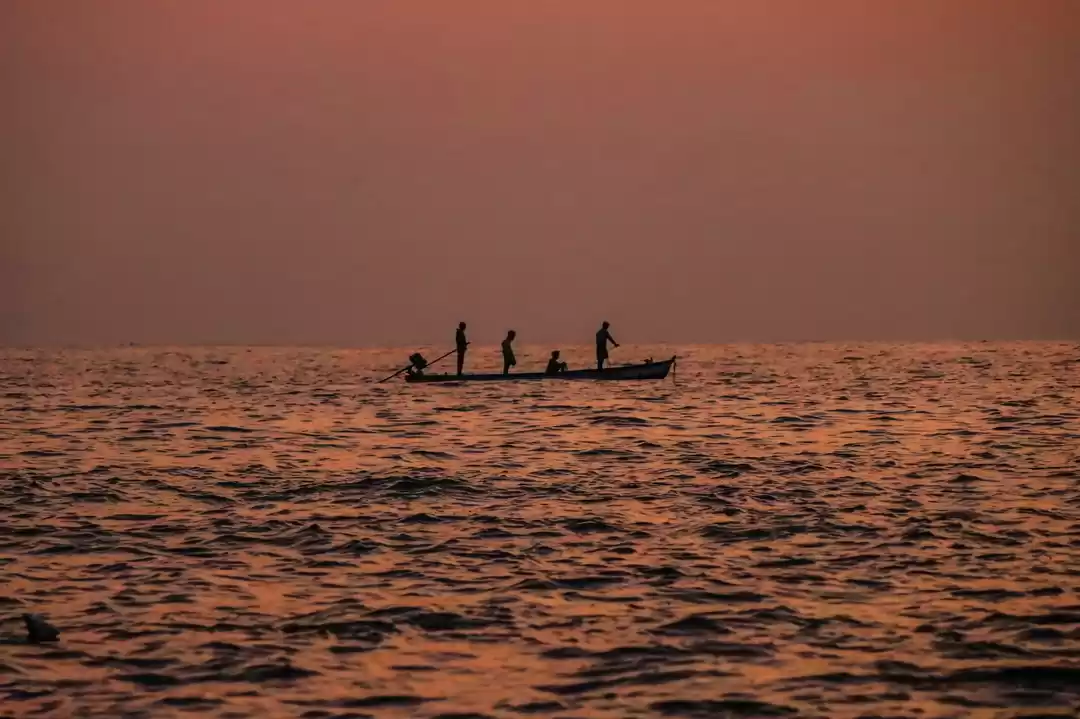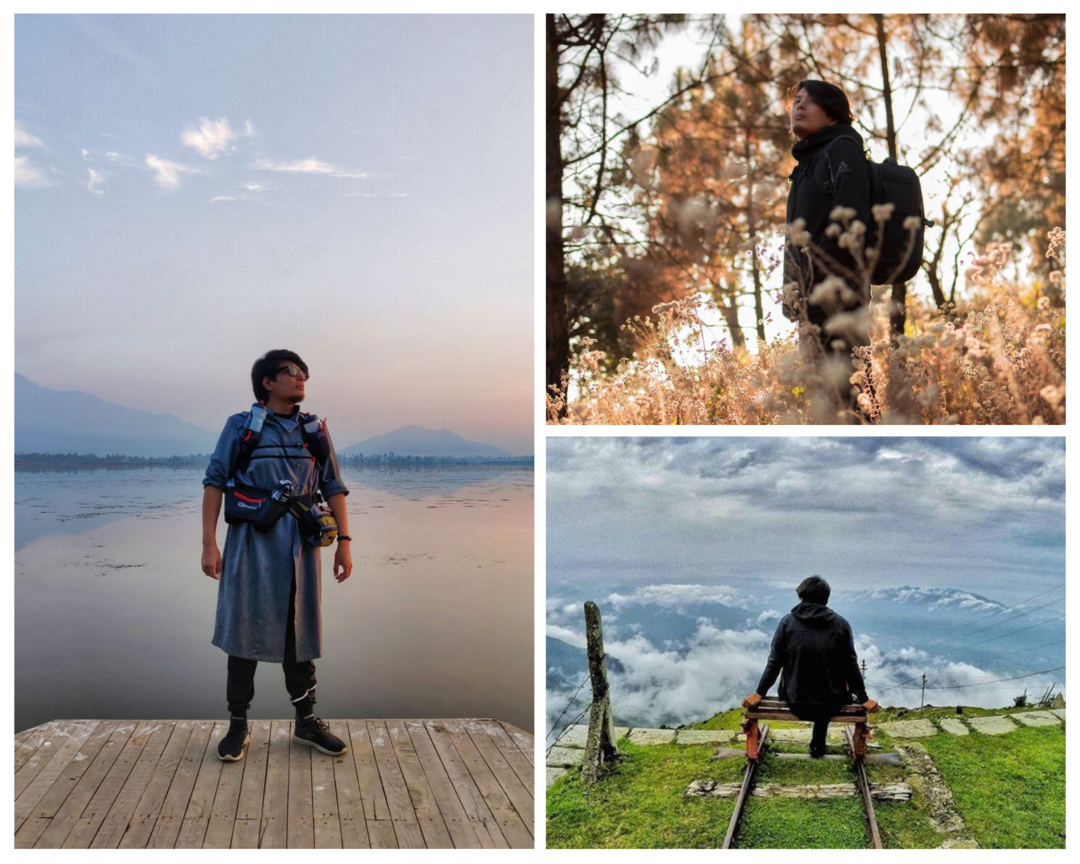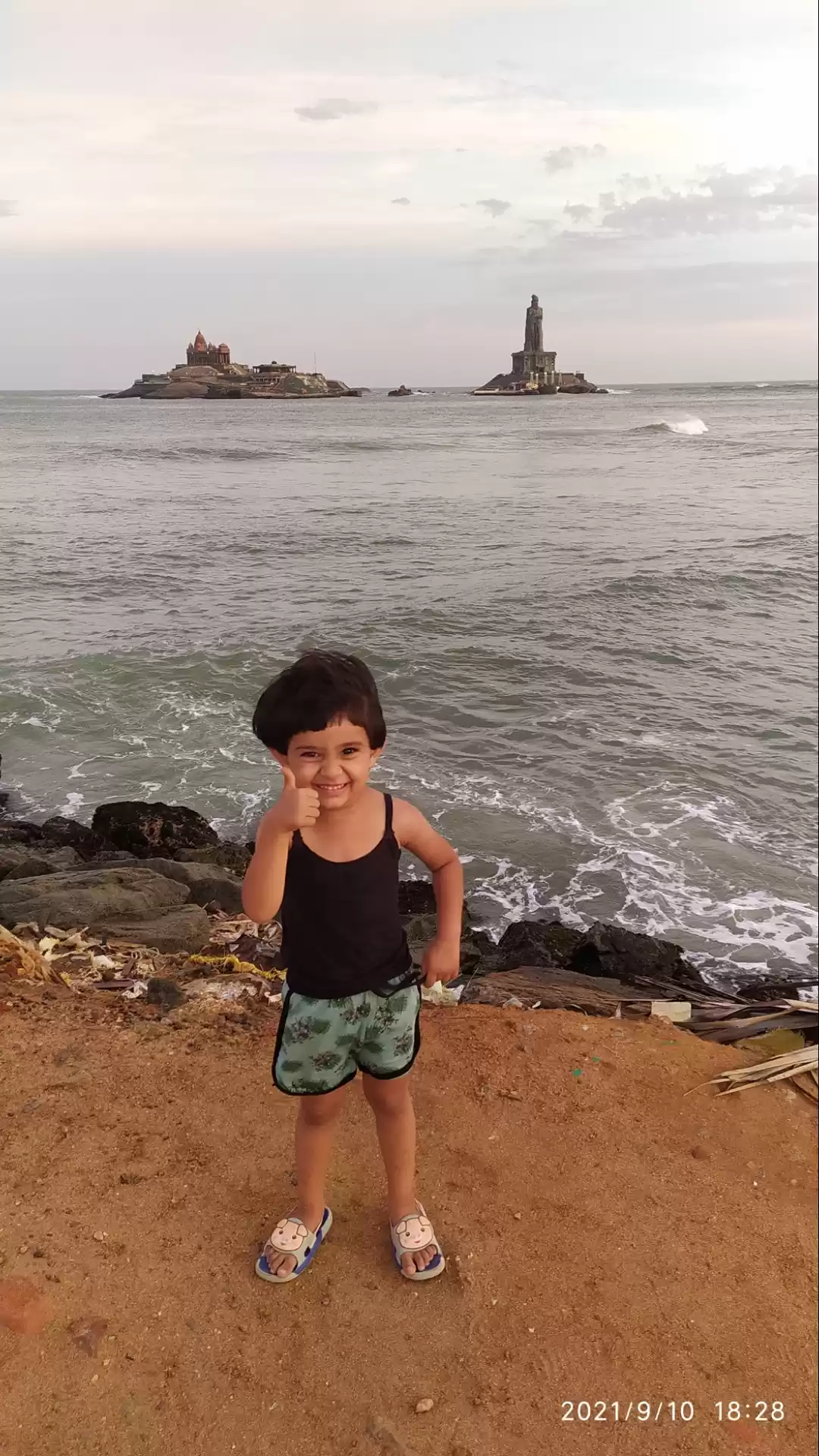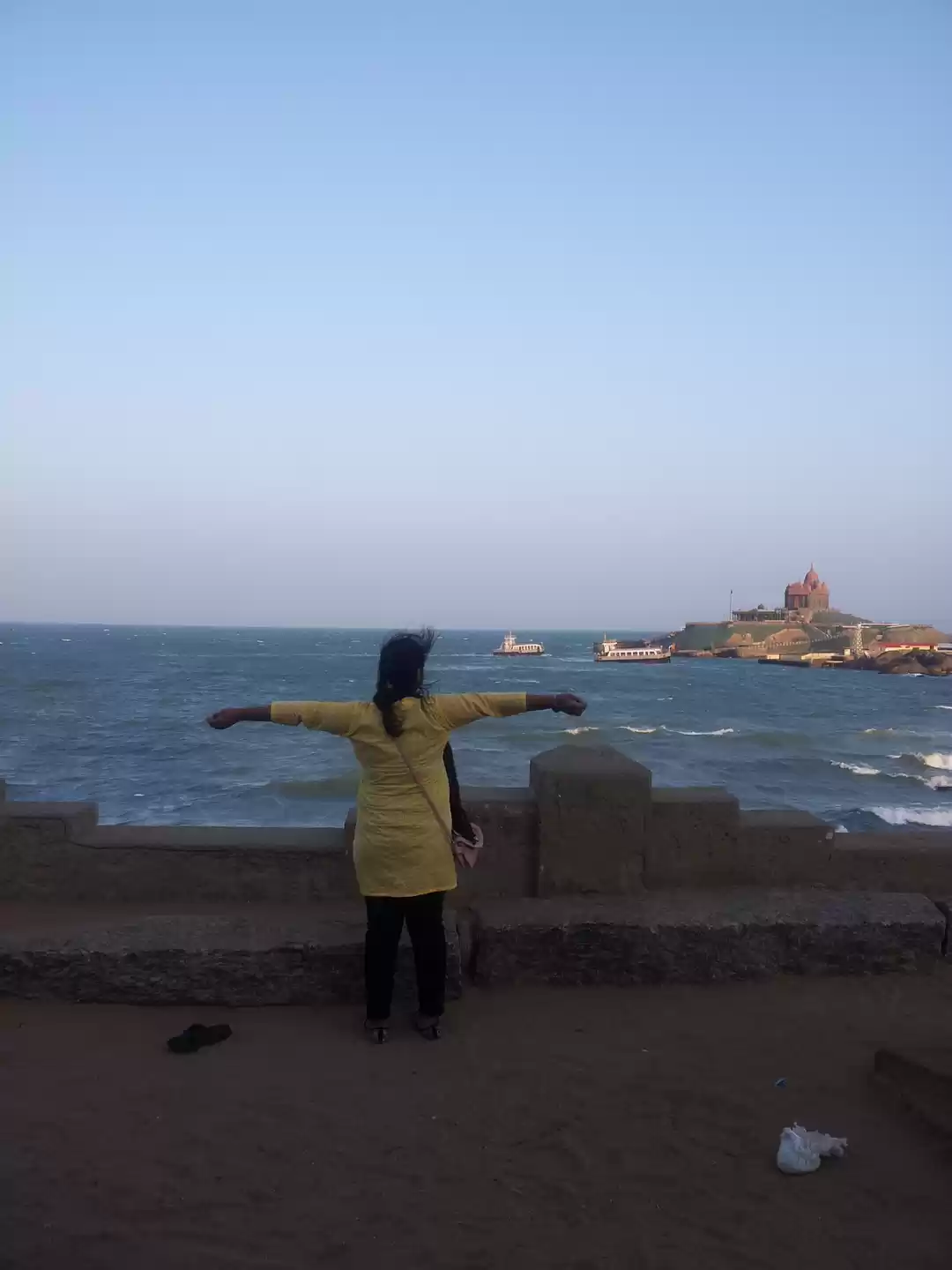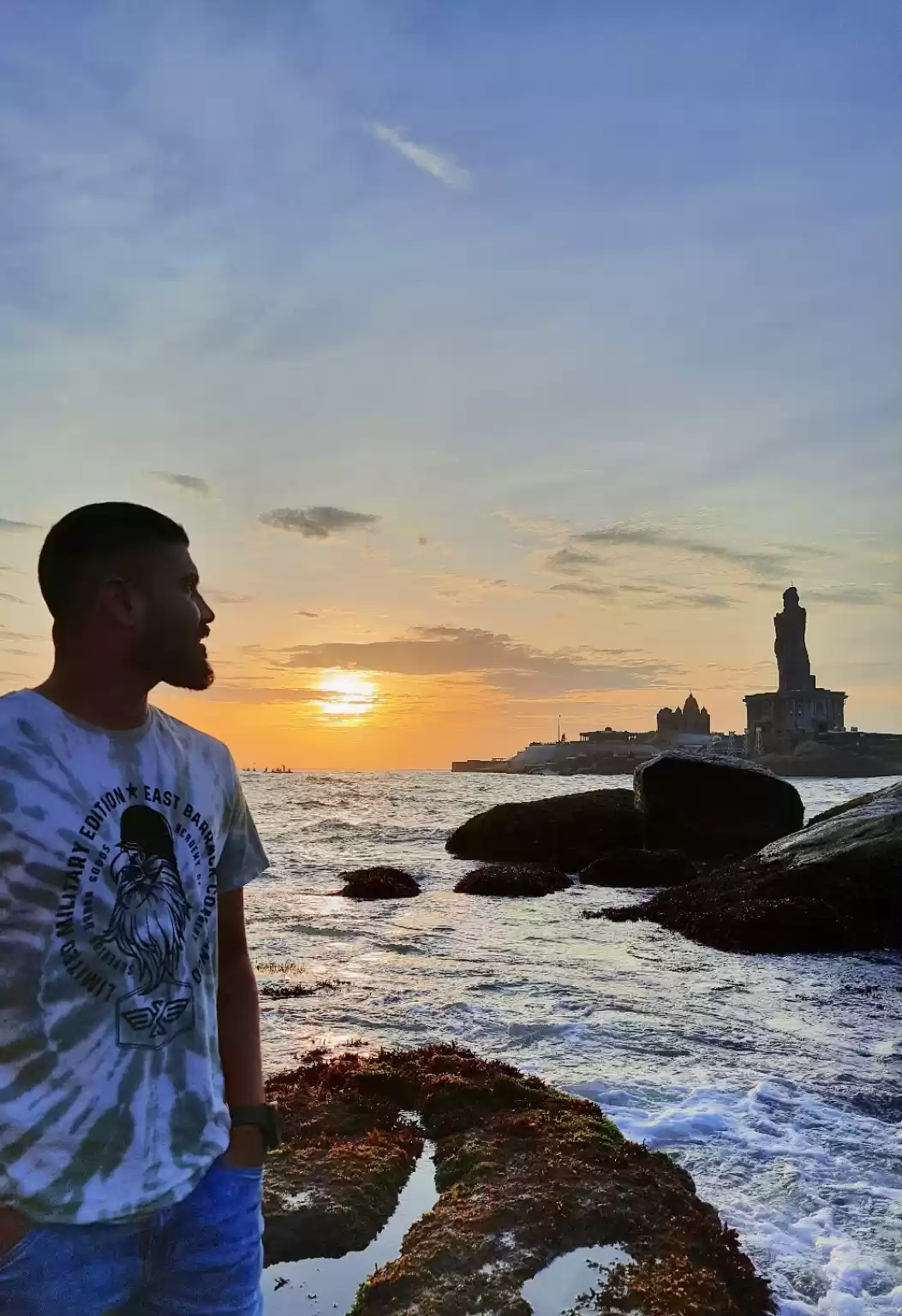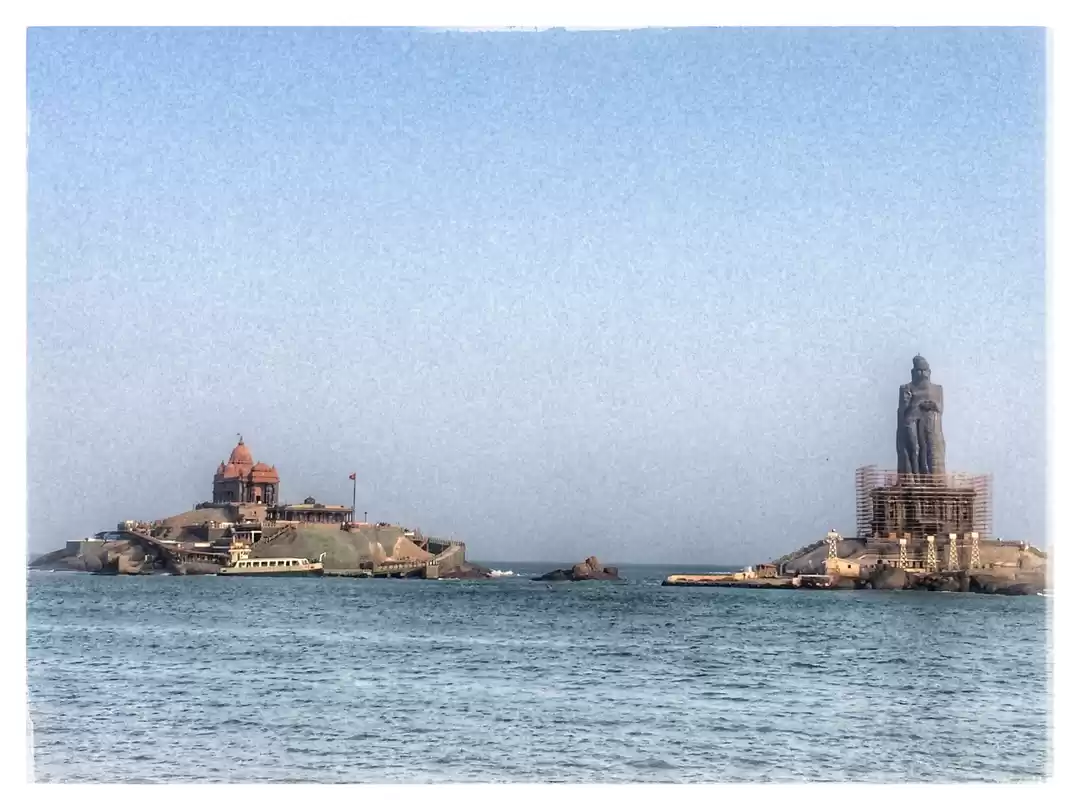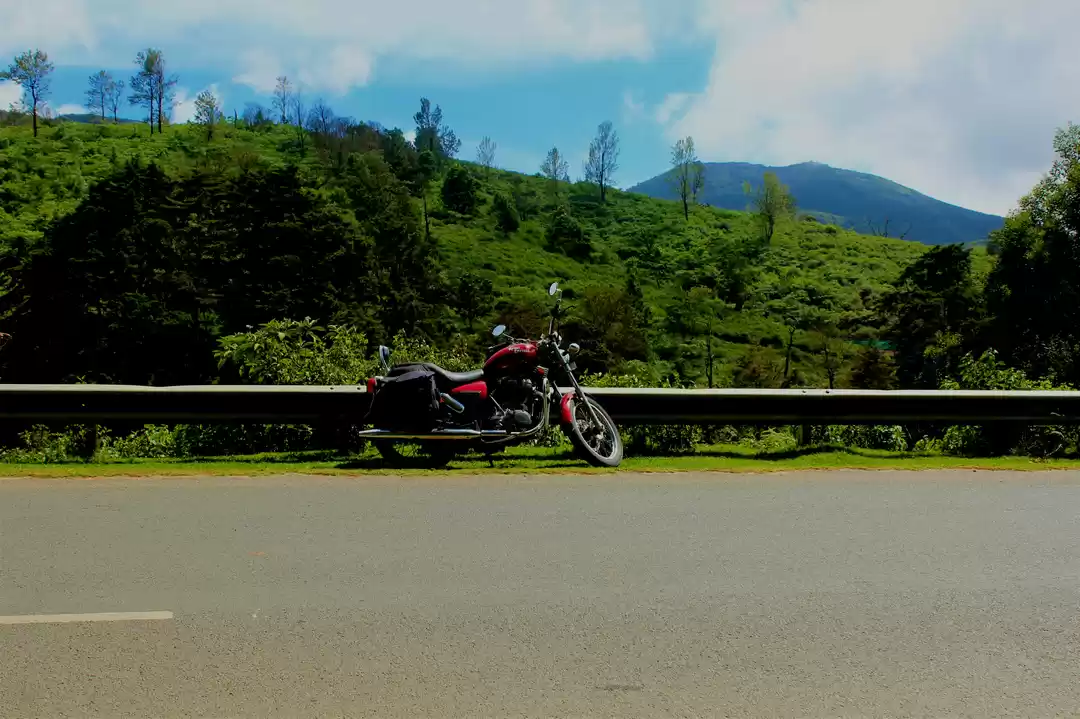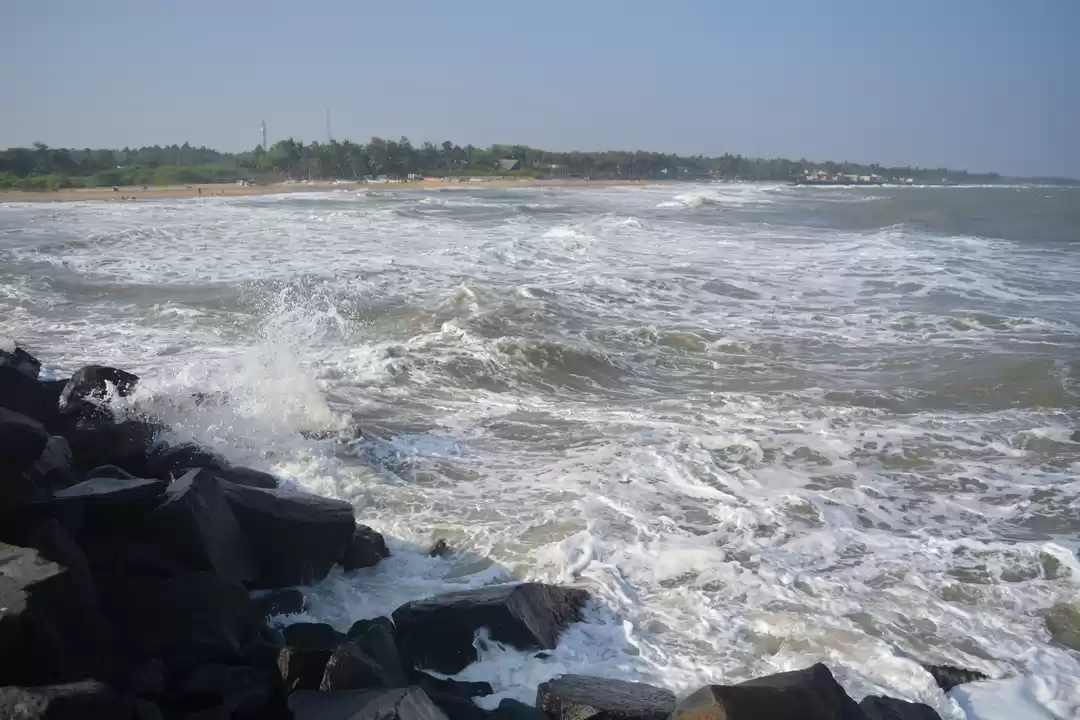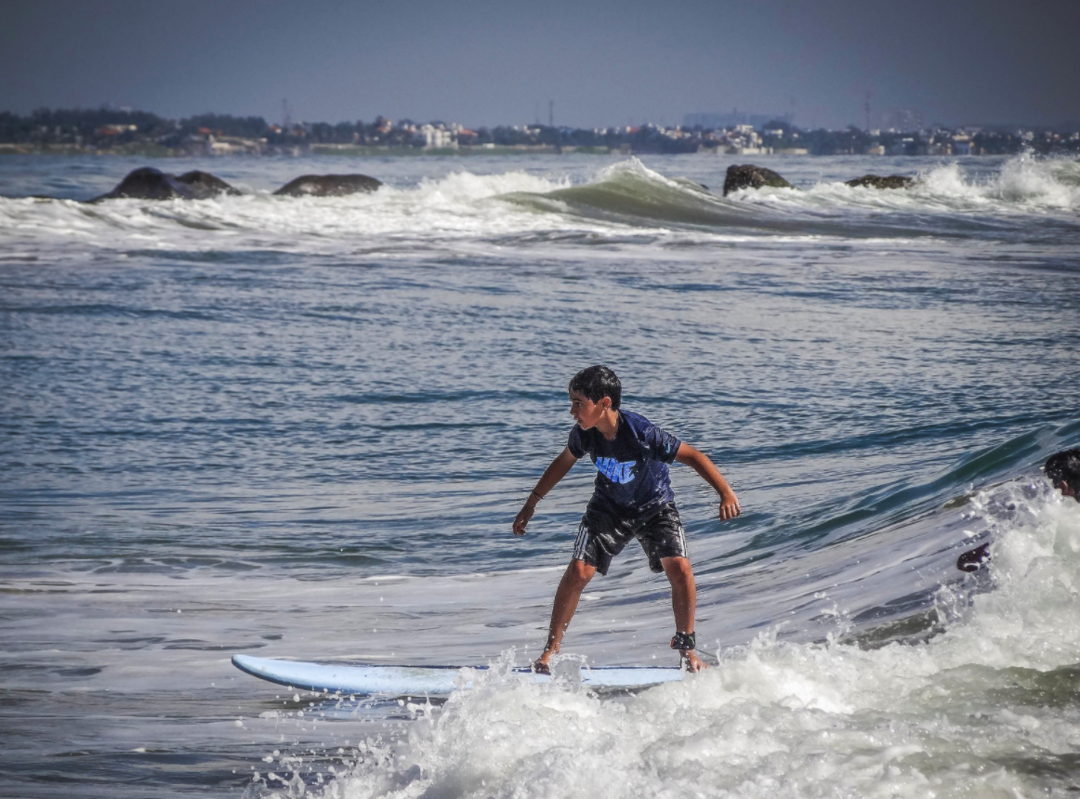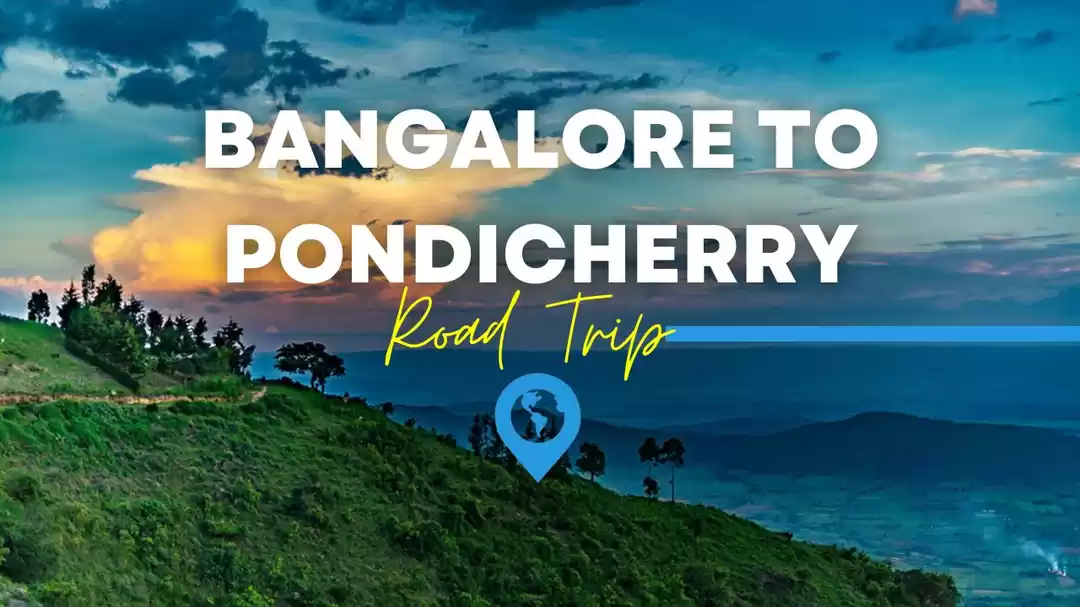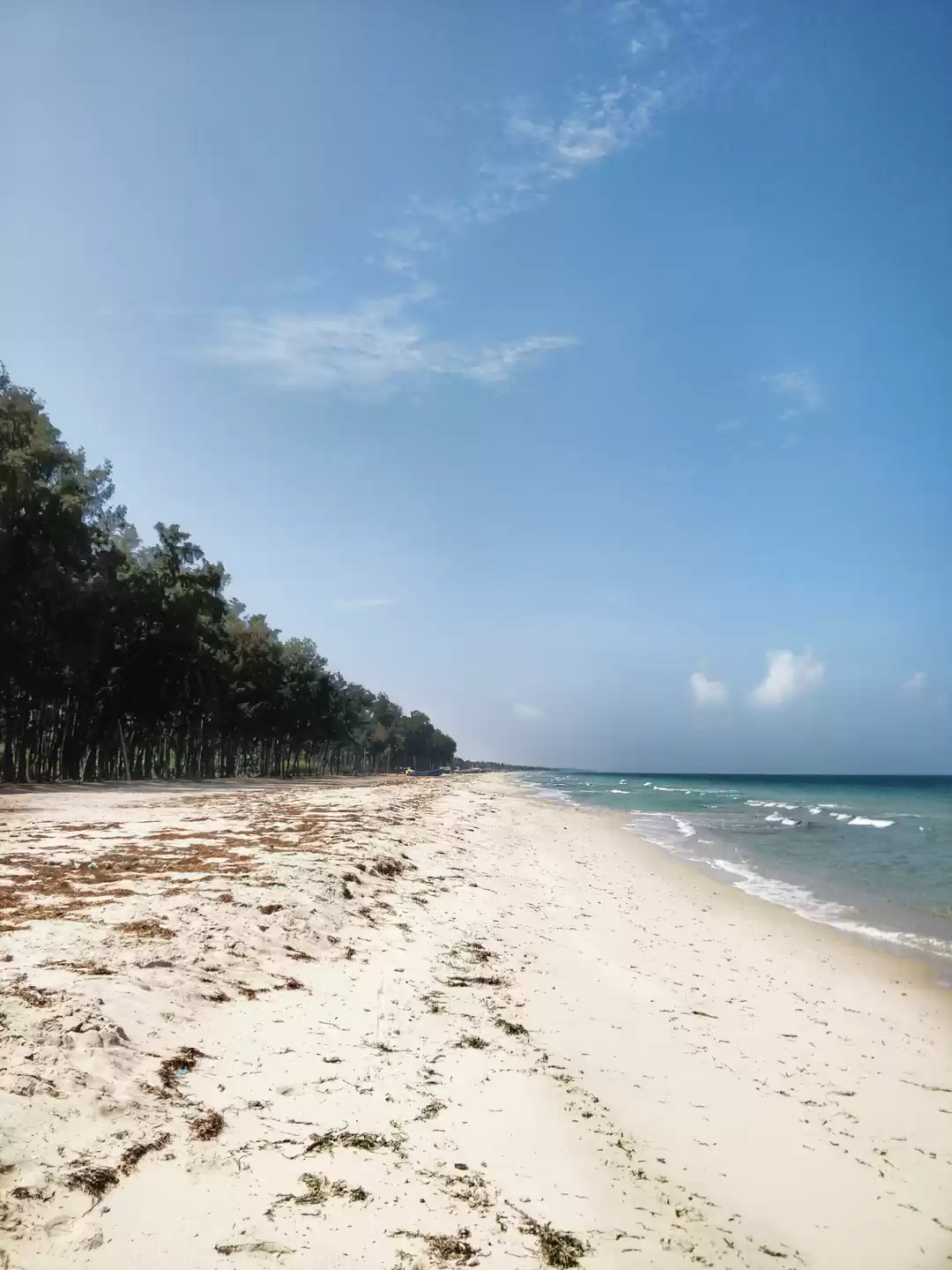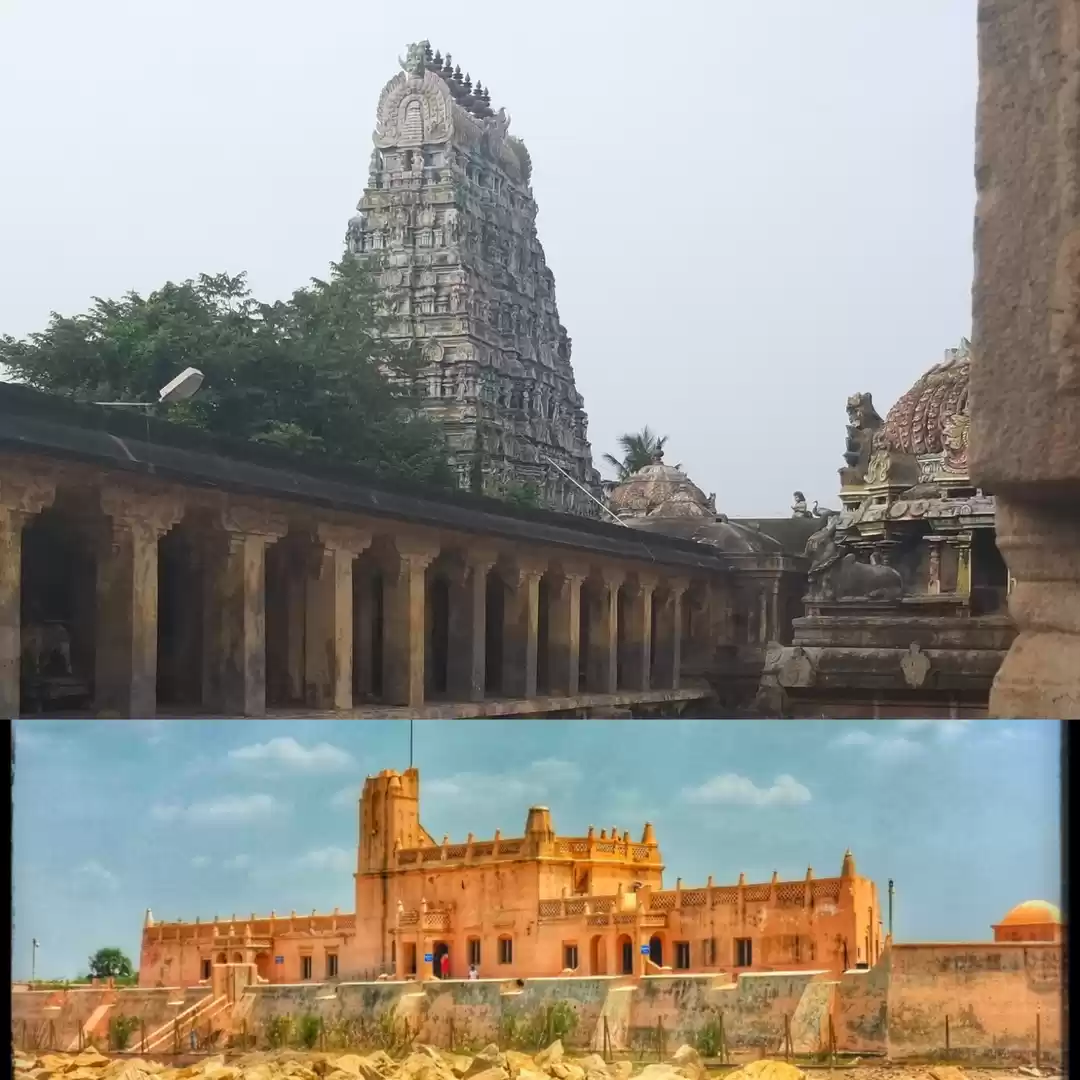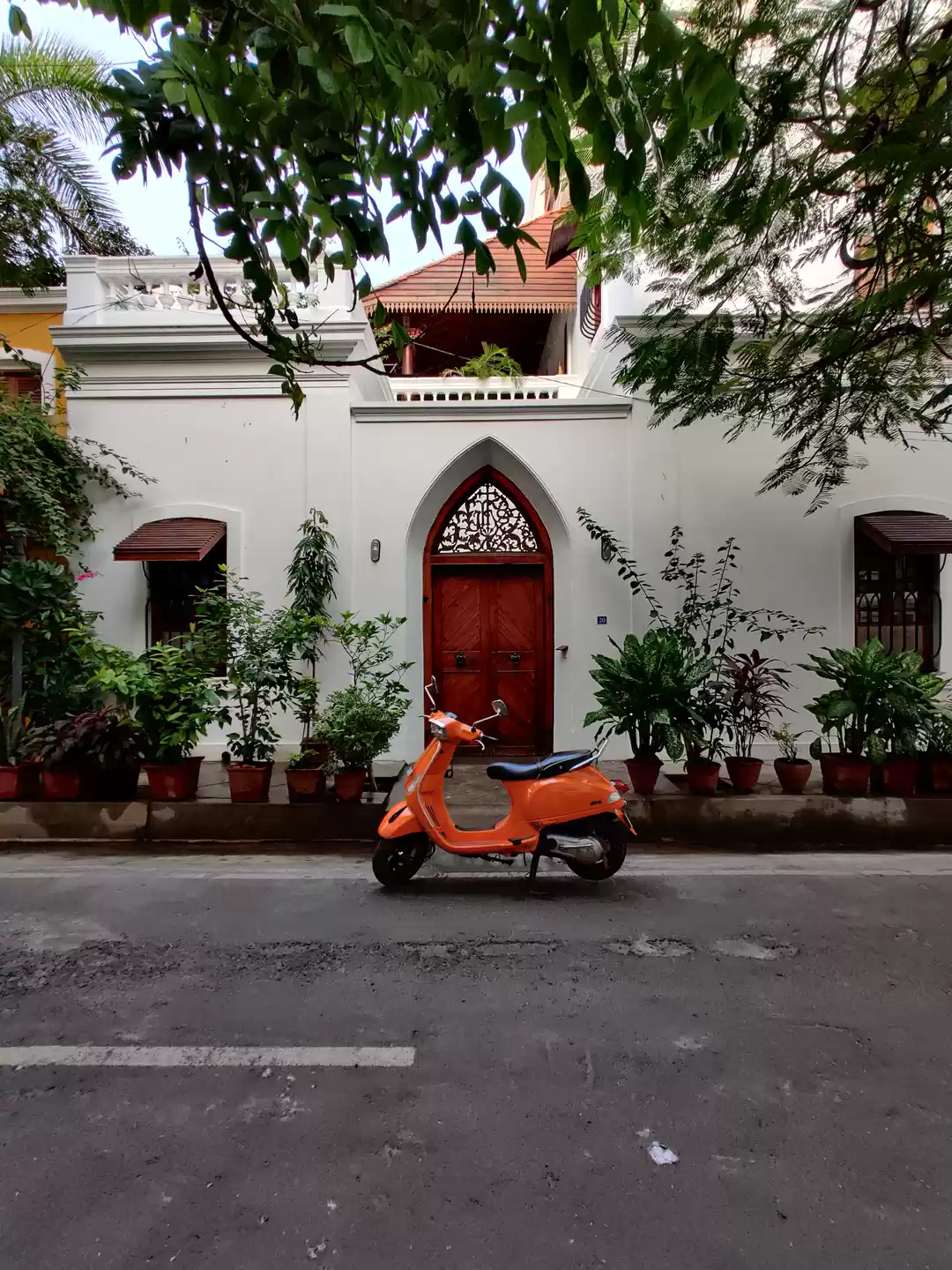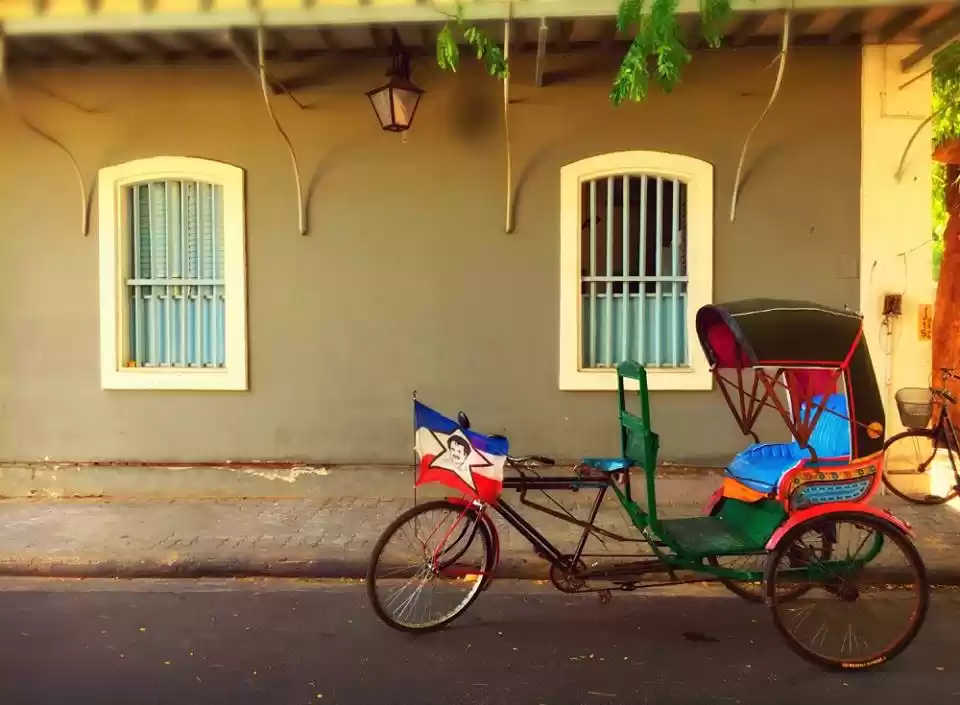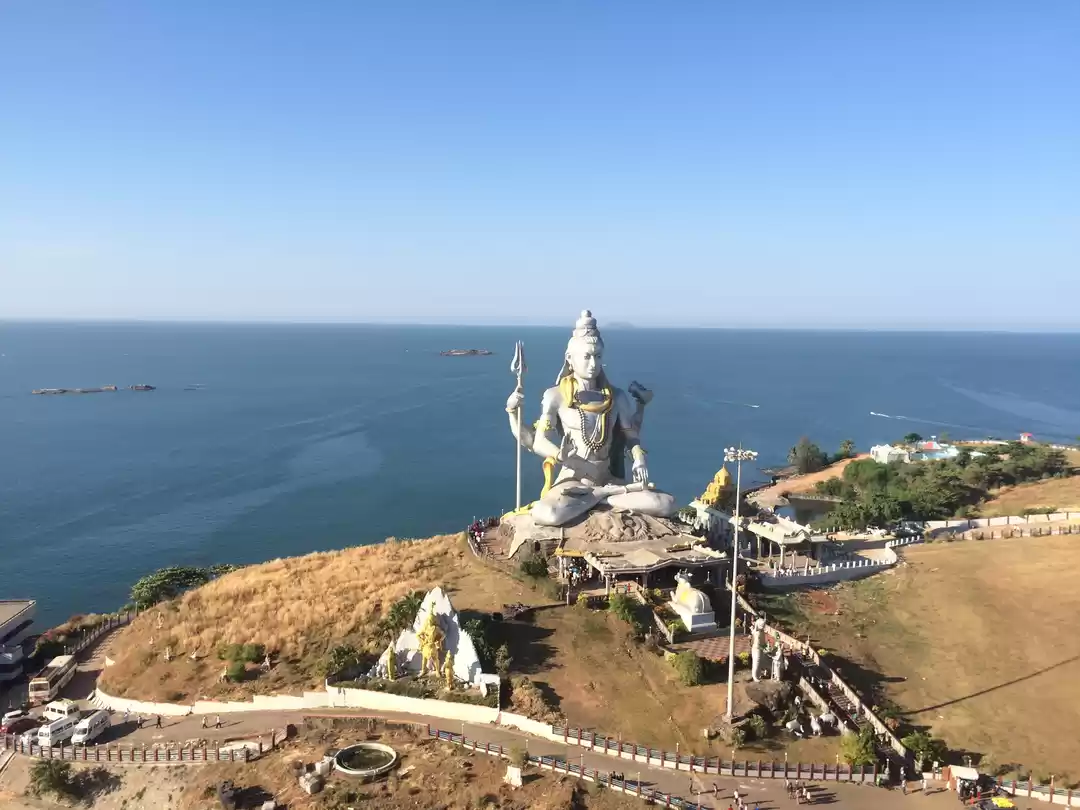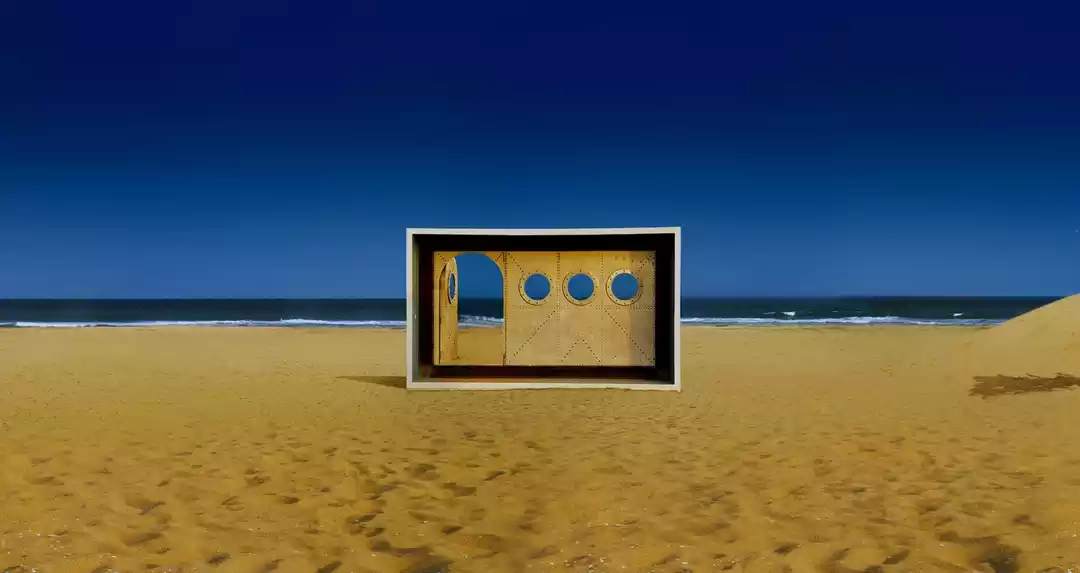
The eye is engrossed, the aperture is adjusted and the subject is pronounced. It just takes a click, and that memorable moment on the road less-travelled is captured for posterity.

If you’re bitten by the shutterbug and smitten by wanderlust, the ethereal beauty encompassing the crumbling, desolate remnants of the 18th century Alamparai fort overlooking the lagoon and the Bay of Bengal yonder, is a feast for the eyes. The ravages of time, weather, and war have created a mosaic of stunning colours; an art to appreciate; and a sight to behold.

In recent times, the devastating tsunami of 2004 has further inflicted damages which have refashioned the landscape of this tucked away patch of serenity, leaving the occasional backpacker with an opportunity to scout for aesthetically breathtaking visuals of rubble, wreckage, foliage, sands, tide and the random fiddler crab.

If you’re the kind who is intrigued by ruins; obsessed by vestiges of a bygone era; fascinated by the unpredictable weathering effects of nature and time; and passionate about the lens, your search ends here.
The *East Coast Road is one of the most surprise-packed scenic highways in the country, flanked by the turquoise shimmering waters of the Bay of Bengal on one side and swaying coconut palm groves dotting the lustrous green paddy fields, and idyllic brackish water shrimp farms on the other side.

Many miss out on Alamparai fort because they're unaware of its existence. Moreover, the cave temples of Mahabalipuram and, the former French enclave of Pondicherry tend to rule the travel bucket lists of carefree holidaymakers and avid day trippers.

The secluded ruins of Alamparai Fort lie hidden from the highway near Kadappakkam, a tiny village, 113 kilometres from the buzzing megalopolis of Chennai. It's highly probable that wandering eyes might conveniently ignore the nondescript sign board indicating the direction to the fort.

The 3.5 kilometre long narrow stretch from the highway to the ruins meanders through tiny fishing hamlets and still backwaters docked with boats, ultimately bouncing to a rusty plaque erected by the Archaeological Survey of India in the midst of a vast space completely filled with sand. A sigh of relief indeed for the impatient adventure seeker and an excuse for the hungry history buff to devour the interesting trivia on display.

Constructed during the Mughal era between 1736 and 1740, this erstwhile fortified seaport has changed hands quite a few times. It was once the prized possession of the Nawabs of Arcot, which was eventually ceded to the French, and subsequently lost to the British, who demolished it in 1760. In its heyday, it was the primary trading port on the Coromandel Coast for the Arcot nawabs, which included a 100-metre long dockyard stretching into the sea to transport an astonishing range of merchandise like salt, *zari cloth, and *ghee.

The solitary, god-forsaken look of the surroundings reflects the rampant and unmitigated apathy of the authorities towards the place. But, as every cloud has a silver lining, in midst of sheer neglect, lies a beautiful world waiting to trapped behind the lens.

At first glance, one’s roving gaze might question the absence of a security guard at the entrance. “But, where is the entrance?,” wonders the first-time visitor. As unexpected, instead of an impressive archway, a huge cavernous hole in the ancient wall welcomes everyone and all.

The awe-inspiring ruins are overrun by insane thickets of weeds and unruly vegetation, forging convenient habitats for rodents and reptiles. Nonetheless broken-down and crumbling, the entire frontage stands passably tall, with what presumably could have been watchtowers on the two outermost corners.

A short, rugged trek through the golden sands littered with undergrowth, leaves, and fallen branches reveals what is left of the fort: fragments of weather-beaten red brick and limestone, and a forlorn mausoleum. With a feeling of reverential respect, a speculative thought arises in many an inquisitive mind: “How could a huge fort have stood on the sand, without any strong basement?”

A quick ascent up the narrow, stony flight of stairs to the old watchtower rewards weary eyes with a mesmerizing view of the palm trees in the vicinity and the sea on the eastern fringe. The spectacular view overlooking the hypnotic blue waters of the lagoon lapping gently against the edges of the fort and the otherworldly air encircling the picturesque debris infuses a notion of having time-traveled.

A boat ride is another exciting possibility in such a panoramic locale. For a small fee, the local fishermen here are more than glad to take you on impromptu catamaran rides to the beautiful sandy white strip that separates the sea from the lagoon, teeming with shells and sea gulls.



But unless you are an aficionado of magical realism, whose ardent mind never hesitates to indulge in fanciful reveries, whose exuberant imagination can conjure up images of grandiose ramparts towering over the furiously lashing waves below, ambidextrous archers unleashing arrows upon their enemies from the slender turrets above, fierce battle cries echoing far and wide sending shivers down the knees of the enemies……

……bloodthirsty commanders mounting caparisoned elephants and heading towards the shore, French soldiers in red coats with green facings contemplating a siege by surprise in the midst of the sea, cannons of the British East India Company relentlessly bombarding the buttressed walls of the invincible fortress and terrified, wounded warriors fleeing the mayhem while the enemy wreaks havoc, this is really not your kind of getaway.

But, to the nitpicking and unimaginative, this place is simply another abandoned seashore, cluttered with disintegrating rocks and boulders, covered by overgrown shrubs and dangling creepers, and interspersed with broken liquor bottles and cigarette stubs.


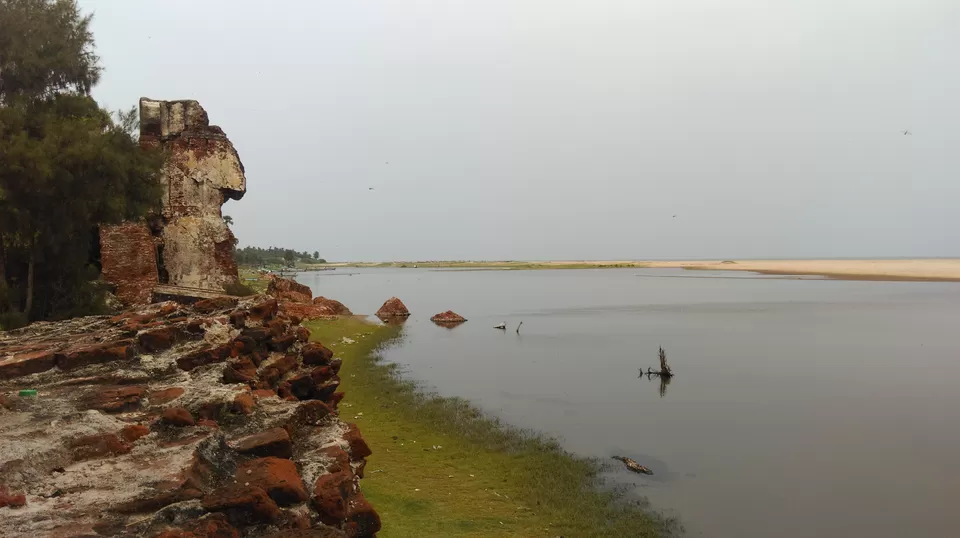
Fact file
Getting there via ECR
From Chennai: 110 kilometres towards Pondicherry
From Mahabalipuram: 55 kilometres towards Pondicherry
From Pondicherry: 52km towards Chennai
Best time to visit
Throughout the year, but ideally early mornings or evenings for an amazing view of sunrise and sunset.
Getting around
If you are travelling by the Tamil Nadu state bus, alight at Kadappakkam bus stand on the ECR, and negotiate a return trip with one of the auto rickshaw drivers to cover the next 3.5 kilometres to the fort. Ask for his mobile number, to call him after you have completed your sightseeing.
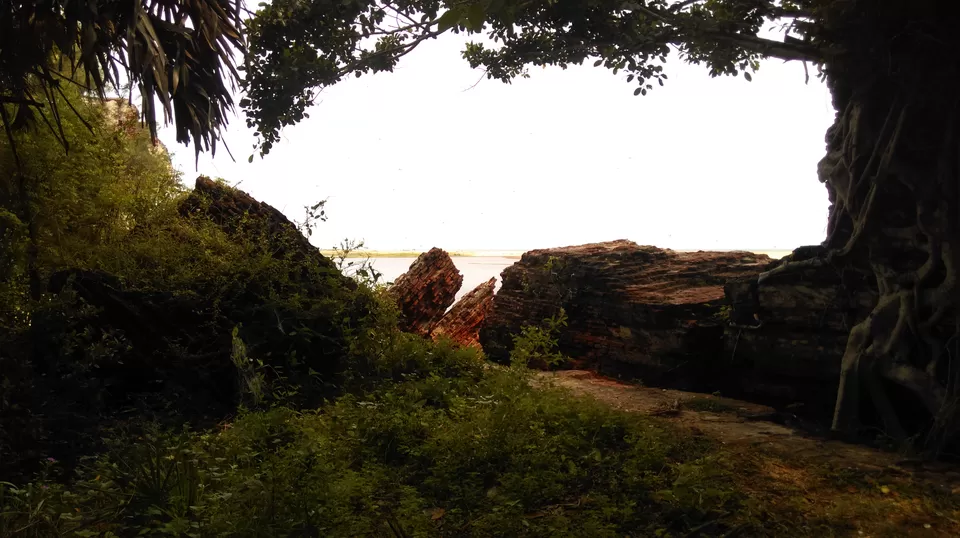
What to expect there?
A ruined fort, a scenic lagoon, lots of open area and a great view of the sea.
An unattended parking space full of sand and most of the time your vehicle can get stuck in the sand.
Fresh fish from the fisher folks' evening catch is on sale in the adjacent village of Kadappakkam.
Nearby Facilities
Basic eatables are available at Kadappakkam village. There are no hotels or shops around the fort.
Essentials
Wear light clothing as the weather is generally hot and humid. Don’t forget to take a cap, sun glasses and sufficient potable water.
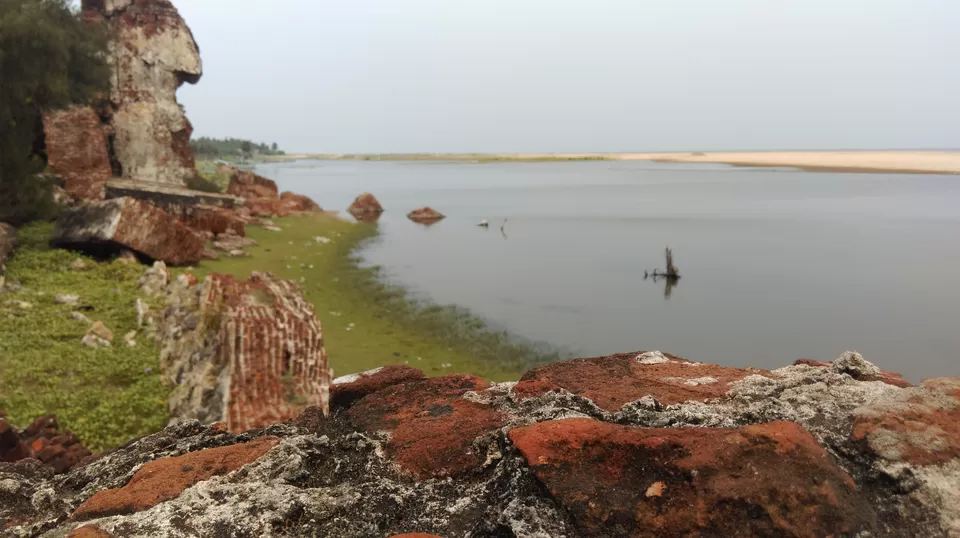
Safety tips
Due to its isolated location, it is recommended to head back before sundown, for a safe trip.
Local people and some unscrupulous elements are reportedly misusing this place for drinking.
Wear proper footwear as broken glass pieces everywhere may pierce your foot.
This unfrequented place is certainly not advisable for solo female travellers, however it shouldn’t matter for a large group of females.
Local fishermen may offer to take you for a boat ride. Ensure that life jackets are provided, besides, negotiate the fare beforehand.
For safety reasons, avoid swimming in the backwaters.

Interesting titbits
Large portions of the fort were further damaged during the 2004, Indian Ocean Tsunami and still remain submerged under the sea.
Scenes from Pithamagan, a 2003 Tamil film, starring popular Kollywood actors Surya and Vikram was shot here.
Archaeologists have excavated coins, rare artifacts like the arms and ammunition used by the Nawabs and French in the fort premises.
The Tamil Nadu Tourism Development Corporation (TTDC) has listed the fort as one of twenty lesser known tourist spots in the state.
Highly recommended for enthusiastic bikers, historians, adventure-seekers, dreamers, bloggers and photographers.
Glossary
*ECR: State Highway 49, also known as East Coast Road (ECR) is a two lane highway in Tamil Nadu, India, built along the coast of the Bay of Bengal connecting the state capital Chennai to Kanyakumari.
*Zari: (or Jari) is an even thread made of fine gold or silver used to create intricate patterns in traditional garments in the Indian subcontinent.
*Ghee: A class of clarified butter that originated in ancient India and is commonly used in South Asian and Arabic cuisines, traditional medicine, and religious rituals.


